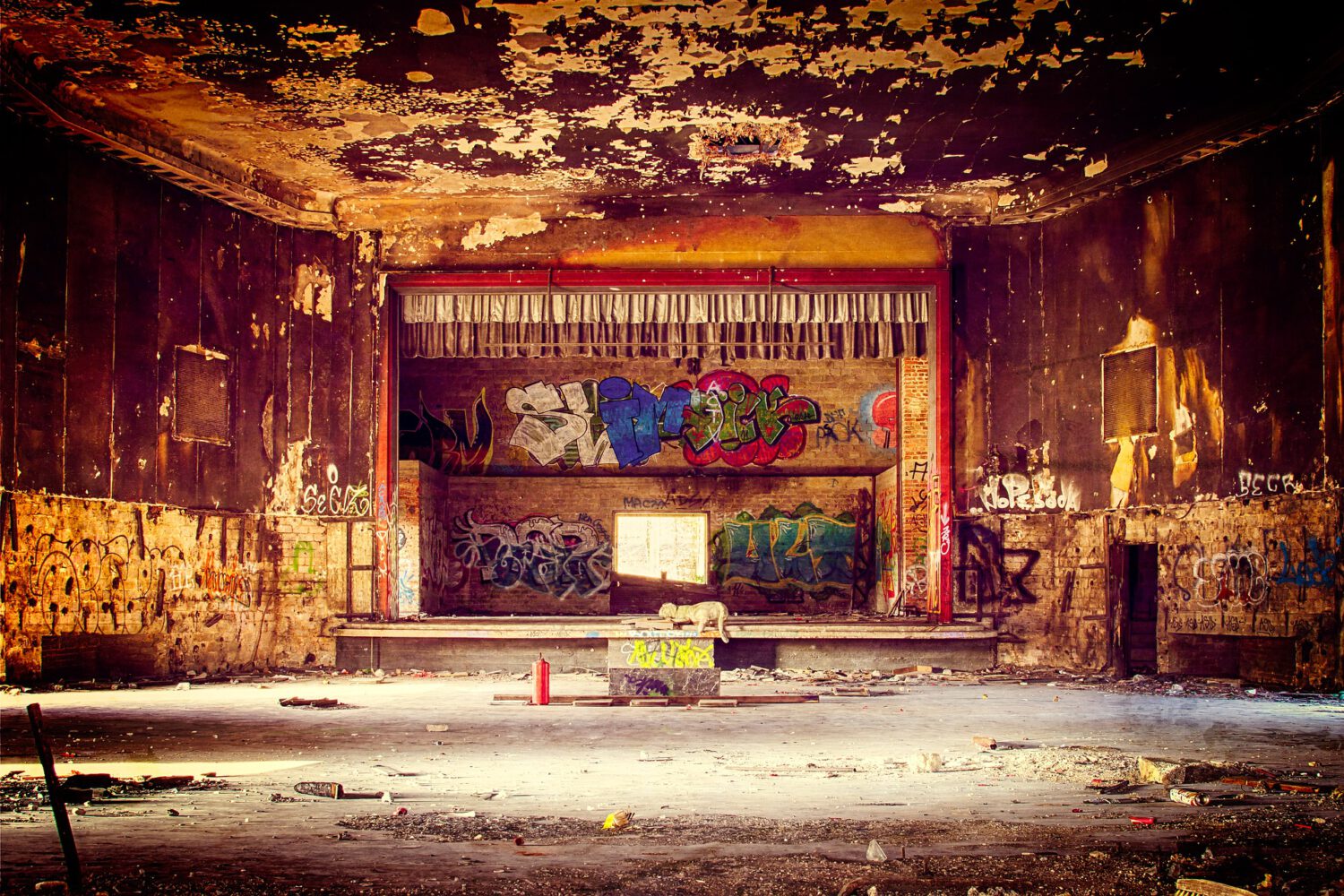In late summer 1997 I took a step that changed my life forever. On 1 September 1997, shortly after the tragic accident of Lady Di, I started my exchange student year in Barcelona. Wow, Barcelona – this city just blew me away! The Mediterranean vibes, the parties, the beach, the parties, the beach, the parties, … And there was something special about Barcelona. A few days after my arrival, it started to feel like home. Have you been to places in life – villages, cities, countries – where you felt like home right away?
The stage is not one of them!
As a public speaker, before calling a stage your home, you must explore it, test it, challenge it.
Staging, the effective use of the stage, has a big impact on your performance as a public speaker. If you feel home on stage, if you feel comfortable and cozy, you will perform better. At least, that is my experience.
Here are seven aspects you can pay more attention to when you approach your next stage in the future.
Feeling
Every stage is different. I have spoken on stages that were seven meters wide. I have spoken on stages that were 25 meters wide. Sometimes I teach rhetoric at IESE Business School in classrooms like amphitheaters. In that case there is no stage at all. Then, the floor is your stage.
When I arrive – early!!! – at a speech venue, the first thing I do is a general check of the stage. I walk around. I imagine the audience in front of me. I get a first feeling for the venue.
With old wooden stages it can happen that certain parts make squeaking sounds. Make sure you mark those areas with white tape – your best friends, the tech guys, have tape – and avoid them during your speech.
Also, when you use PowerPoint, make sure that you never stand in the beam.
Proximity
On any given stage look for the “line of proximity”. What is the line of proximity? In this post from 2012 I explain the concept to you.
Sight
I love to use flipchart in my presentations. What I do not want to happen is that some people in the audience cannot see or read what I put there. That is why I write and draw bits of my content on the flipchart. Then I go to the last row, sit down and check readability. If there is a problem, I point it out during my speech. Not is an apologizing way. I rather explain in parallel what I write or draw, so that no one is left out. With big fat markers normally everything is fine.
Sound
Needless to say that, as a public speaker, you always have to check the sound. Sound checks are independent from the stage. But it is also recommendable to combine the two dimensions.
It happened to me once that one of the speakers positioned right next to the stage went nuts when I came too close. I had to keep a two-meter distance. If I hadn’t checked the sound in combination with my stage movements, I would have had a problem later on during my speech.
Microphone
Talking about sound… It is always good – just in case – to have a hand microphone at hand. I love to bring up people on stage. Sometimes the room size demands a microphone. When you do not have it at hand, usually a member of the organizing team will get you one. Those are dead seconds that you can easily avoid by parking a hand microphone on stage.
Props
When you use props (visual aids like a newspaper) in your talk, they should always take the audience by surprise. They should appear in an unexpected way. The easy ones are the small ones. Those you can carry in your pocket like some shades. But – if you cannot wear props on your body, you need to have a place for them on stage.
Again, this requires some thought and preparation. More than once I have “stolen” tables at speaking venues and placed them in a corner of the back of the stage. There I place my props hidden in a bowl or underneath some black cloth. Staging is all about preparation.
Holograms
Finally, I love to place special locations or objects in special positions on my stage:
A client’s office, a friend in a bar, a piano – it makes an impact when you always go back to the same position. You can turn these places or objects into holograms; the minds of your audience bring them to life with their imagination. As a speaker, I put a lot of thought into where to place holograms on stage.
But it can be a tricky thing. Once in a training session a guy built a flag post in our minds. That hologram was right in the center of his stage. After one minute he walked through his flag post. Ouch! Remember: Once you build a hologram on stage, it stays there in the minds of your audience.
Your stage must feel like Barcelona felt to me after a few days in late summer 1997. It came naturally. Your stage is different. It takes thought and preparation to make it your home. If you want to shine, take that time.

